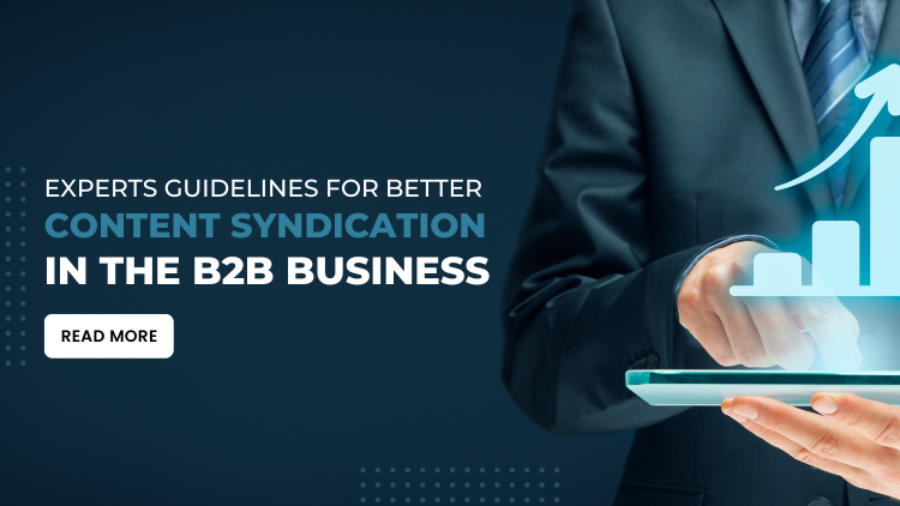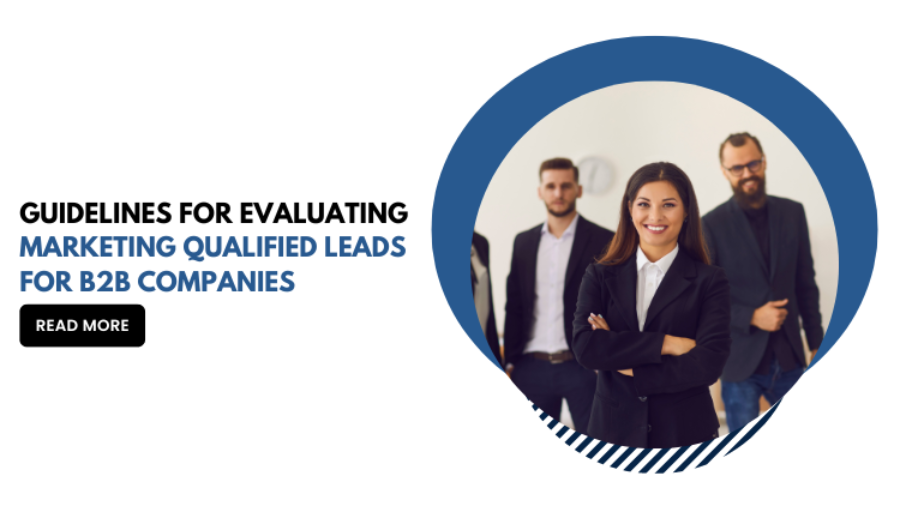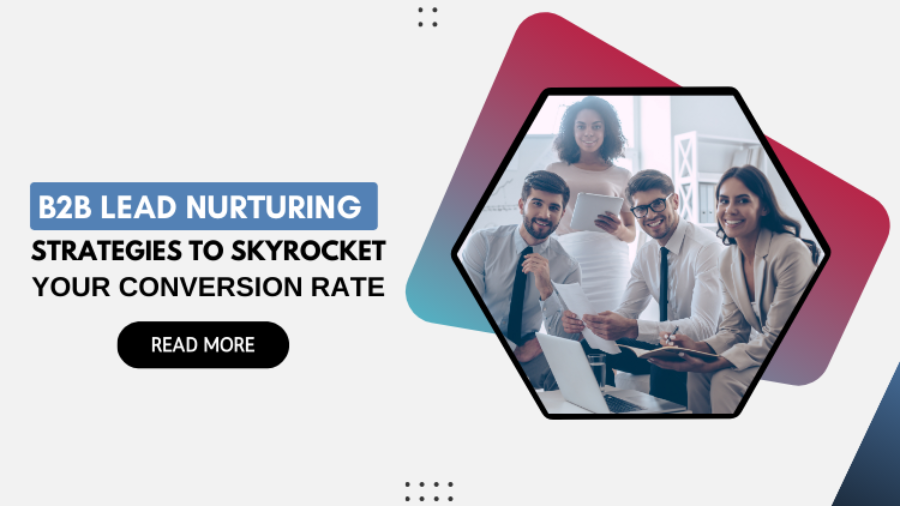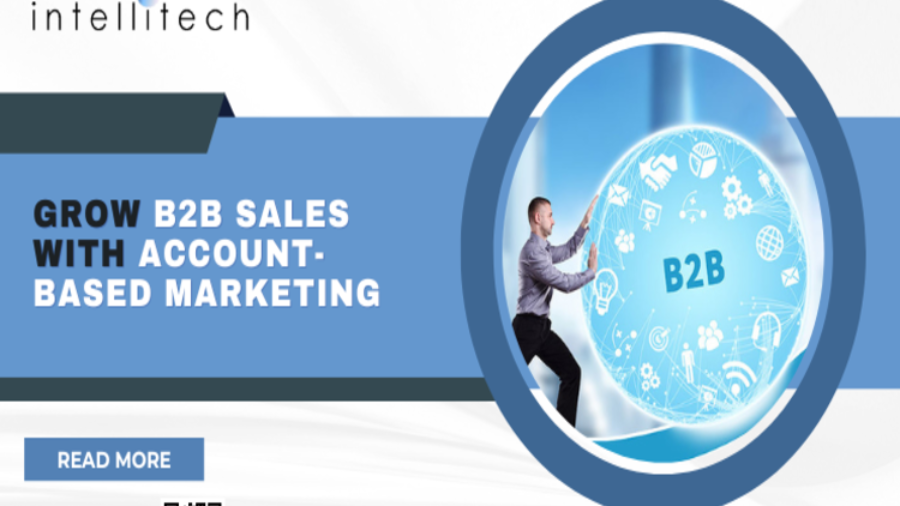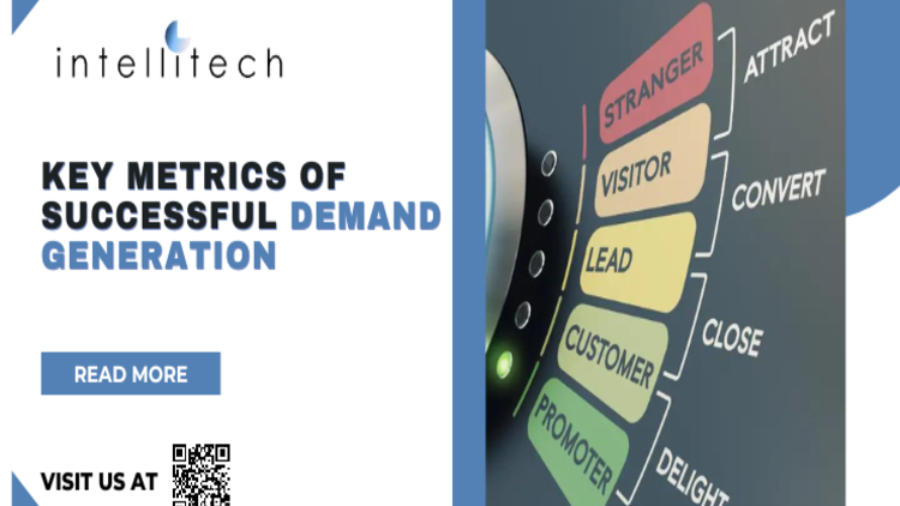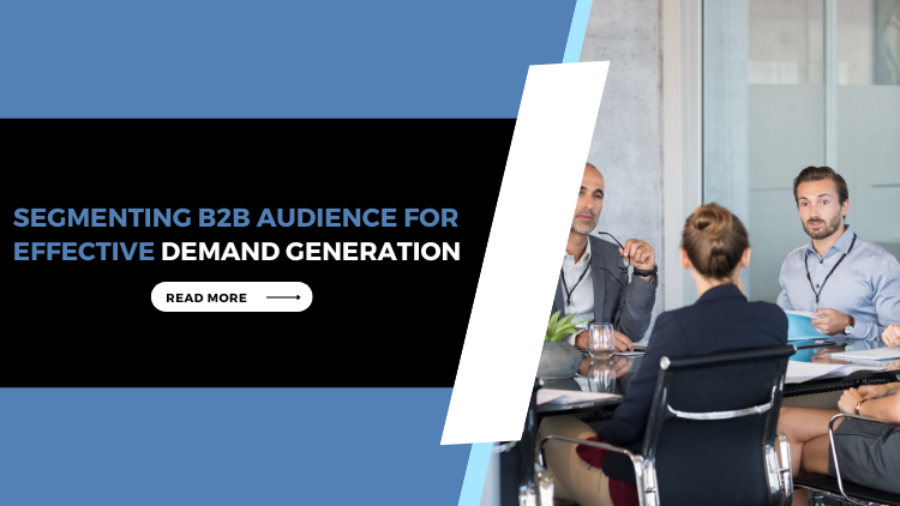Programmatic advertising is often seen as just another means of buying and selling digital ad space. Many people usually overlook the fact that it's an effective tool for marketers too. Through automated procedures, programmatic advertising enables direct communication between buyers and sellers of digital ad space. This gives marketers more control by enabling them to distribute their ads more effectively based on their own data rather than relying on external services like Google Ads or Facebook Audience Network.
The main advantage of programmatic advertising is that it gives businesses access to complete customer data more than traditional media buying do.
Cut Admin Spend
One of the most significant advantages of programmatic advertising is that it can help you save money on ads that don't deliver results. Using data from many sources, such as Facebook and Google Analytics (GA), programmatic advertising enables you to target your ads more precisely than ever before, which results in less money being wasted on useless adverts that won't be bought in any case.
Effective Ads
Programmatic advertising is also known for being extremely effective since it places ads in the right place at the right time. Ads can be placed on websites that are visited by your target market to reach as many consumers as possible with targeted messaging, which is the aim of programmatic advertising.
Automated Buying
Programmatic buying enables advertisers to purchase ads in real time, enabling you to obtain the precise ad space you require at the appropriate time. This is especially beneficial for marketers aiming to target the most relevant audience or increase conversions.
Personalized Campaigns
Programmatic advertising enables marketers to target ads based on user interests, demographics, and geolocation. This means that marketers can tailor their efforts and increase the likelihood of delivering results when they advertise online.
Conclusion
Programmatic advertising allows marketers to employ technology-driven advertising by connecting multiple media to meet their needs. Additionally, programmatic advertising links DSPs and SSPs to efficiently place ads at a lower cost. It is always advised to employ efficient programmatic advertising to reach the targeted audience in the marketing plan.



